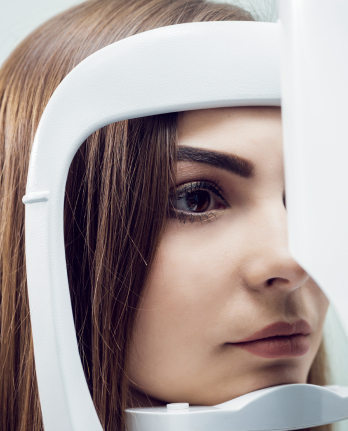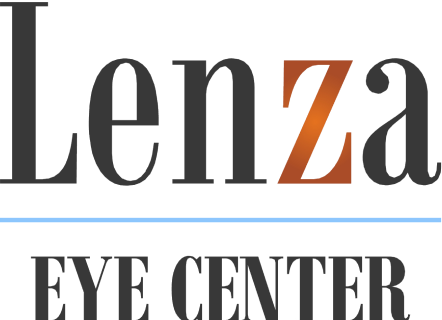Medical Lasers
There are several different types of medical lasers that are used in eye surgery. Most of these lasers can penetrate several layers of the eye, and can concentrate their action on a specific part of the eye without needing an incision. Laser procedures that don’t require an incision have no wounds, which means there is zero chance for infections, minimal pain, and quick healing.
Medical lasers have various uses in ophthalmology: glaucoma treatment, intraocular lens polishing, and retinal treatment to name of few. Many people incorrectly think of LASIK when they think of medical eye lasers. LASIK is actually a refractive laser used to change the prescription in the eye, versus medical lasers which are used to treat a medical condition in the eye. That being said, there have recently been some medical procedures for which LASIK lasers have been introduced.
BELOW IS A LIST OF MOST COMMON MEDICAL LASERS WITH A DESCRIPTION OF WHAT THEY ARE USED FOR

- YAG Laser Iridectomy (LI or LPI): This procedure is used to punch a tiny hole in the colored part of the eye called the iris. It is used mainly for narrow angle glaucoma, which is less common than open angle glaucoma. The laser focuses a beam onto the iris without needing an incision, and therefore has minimal pain.
- YAG Capsulotomy (YAG CAP): This is used to polish or remove a cloudy membrane that forms on intraocular lenses after cataract surgery. It can also penetrate the eye structures without needing an incision, resulting in minimal discomfort.
- Panretinal Photocoagulation (PRP): This is a stronger laser that is designed to reduce the amount of oxygen consumption in the retina. The PRP laser has more heat, and therefore scars the retina as a way to seal a retinal tear. PRP is also used in diabetes treatment where there is poor oxygen supply to the retina. This laser can cause some discomfort and may require a numbing agent to make the procedure more comfortable.
- Focal Laser: This is similar to the PRP laser, but with a lot less energy. There is minimal discomfort and it can be used to treat retinal swelling.
- Photodynamic Therapy (PDT): This was previously used to treat macular degeneration but has now been replaced with intravitreal injections which are more effective. The PDT laser may still have some uses in limited situations.


